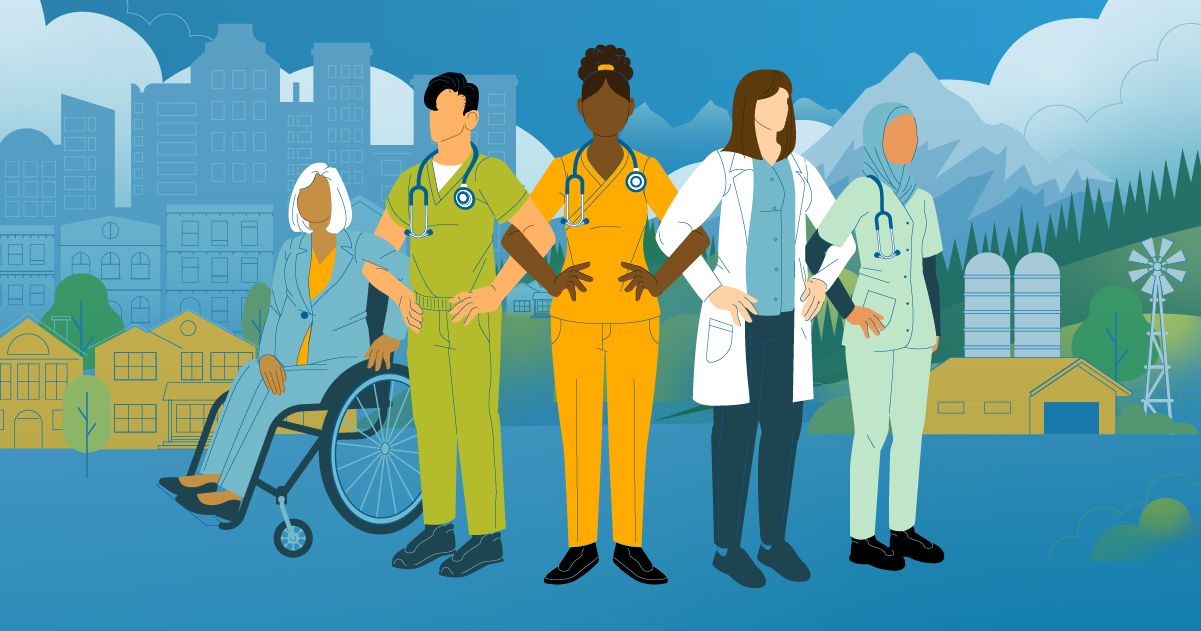
13 Jul MEDICAL FUTURIST AND KEYNOTE SPEAKER: WHO WILL SHAPE THE FUTURE OF HEALTHCARE?
Turning to the world’s best-known medical futurists and keynote speakers, we can see that the healthcare industry is a vast and complex system designed to promote health and prevent and treat disease. But who are the key movers and shakers within the space, and what type of work do they provide to patients and other firms in the space? We’re glad you asked: As medical futurists and keynote speakers, let’s take a closer look-see…
Healthcare Providers: Often, the most direct and visible part of the healthcare industry including hospitals, clinics, nursing homes and outpatient care centers. Per medical futurists and keynote speakers, the space also encompasses professionals who work in these settings, such as doctors, nurses, dentists, therapists and other healthcare practitioners.
Pharmaceuticals and Biotechnology: A sector that develops and manufactures drugs for the treatment and prevention of diseases. On the latter front mentioned, biotechnology speaks to the use of living organisms to make products or run processes, which can include gene therapy and stem cell treatments.
Medical Devices and Equipment: Companies in this sector produce everything from surgical instruments and imaging machines to pacemakers and prosthetics. As medical futurists and keynote speakers are often of noting, technology is continually advancing, leading to the creation of new devices and improved patient outcomes.
Health Insurance: Companies that provide policies to individuals and employers and finance or reimburse the cost of health services, often negotiating prices and services with healthcare providers.
Research and Development (R&D): Organizations that conduct medical research, often funded by government grants, private investments, or pharmaceutical companies. The goal is to increase medical knowledge and develop new treatments and technologies.
Public Health: Government and non-profit organizations that work on disease prevention, health education, and the promotion of healthy lifestyles on a community-wide or global scale. Folks here also track health trends and potential health crises.
Healthcare IT: Firms that provide information technology services to the healthcare industry. That could mean electronic health records, telemedicine, health analytics, digital health tools, and more.
Health Services: Other types of services related to health, such as home health care services, health consulting, wellness and fitness services, and more.
Medical Education and Training: Universities, colleges, and other institutions that provide education and training for future and current healthcare professionals.
You don’t have to be a medical futurist to see how these sectors are interconnected and continuously evolving due to advancements in technology, changes in government policy, and shifts in societal demographics and health needs.



